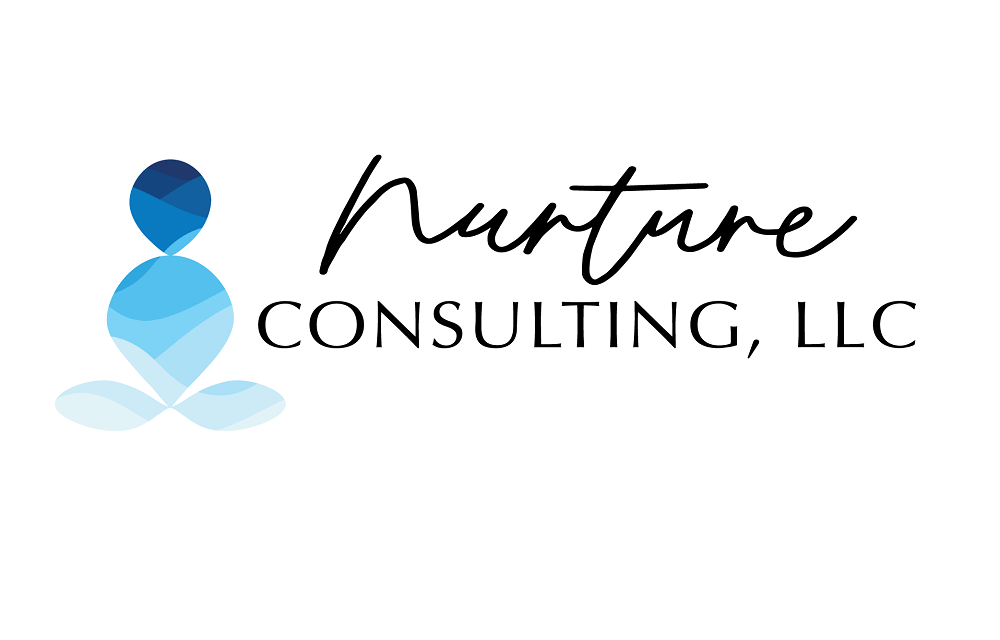Nurture Notes- April 24, 2019
Photo via Unsplash free stock
Last week I shared the numerous benefits of exercise and how to start changing your relationship to exercise. I want to shift the focus to the darker side of exercise- compulsive exercise. Many people have adopted the mentality that if is something is good, more of it “must” be better. Most things exist on a continuum (or within a range) from not enough, all the way to too much. The extremes on either end usually are not ideal situations/conditions, whether we’re talking about money, personal possessions, food, exercise, stress, etc.
In terms of exercise, there can be too much of a “good thing”. Compulsive exercise is generally defined by the following criteria:
·Exercising in an amount, or for a duration, that causes pain, weakness, fatigue, etc.
·The primary goals of exercise are calorie burning and weight loss
· Changes in eating patterns and foods eaten (e.g., calorie restriction, cutting out entire food groups, etc.)
· Interferes with daily living (exercise takes priority over other people, work, school, past interests, etc.)
· Provokes feelings of anxiety or guilt if a single planned workout/session is missed
· Inability to stop exercising if sick or injured
· Inability to sleep at night
· Fear of suddenly getting fat if exercise is stopped for even a single day
· Exercise is used as penance for “eating too much” or eating “bad” foods
· Causes social isolation and withdrawal (skipping social events to exercise instead)
· Fainting during exercise from overexertion
· Exercising in unsafe conditions (very early in the morning or late at night, alone, in areas that are remote, etc.)
There are many negative effects from compulsive exercise:
· Physical (weight changes, hormonal imbalances, appetite changes, injuries, bone loss, fainting, cardiac issues, fatigue, sleep deprivation, nutritional imbalances, etc.)
· Psychological/Emotional (anxiety, guilt, distress, anger, mood changes, suicidal thoughts, etc.)
· Social (withdrawal, isolation, changes in relationships, no longer interested in hobbies, etc.)
· Spiritual (lack of purpose and meaning in life, etc.)
· Occupational/School (changes in work performance, changes in school grades, disinterest, etc.)
Most people begin exercising with good intentions (e.g., “I want to get healthier), but some people quickly begin taking exercise to an extreme. If you, a loved one, a friend, or anyone else you know meet the criteria for compulsive exercise, reaching out for help right now is important. Please go to the National Eating Disorders Association website where you will find a link to a Helpline, a screening tool, and resources in your community: https://www.nationaleatingdisorders.org/
I am happy to help anyone find treatment centers and providers in your local area- reach out and I will assist you. Please leave questions and comments below.











